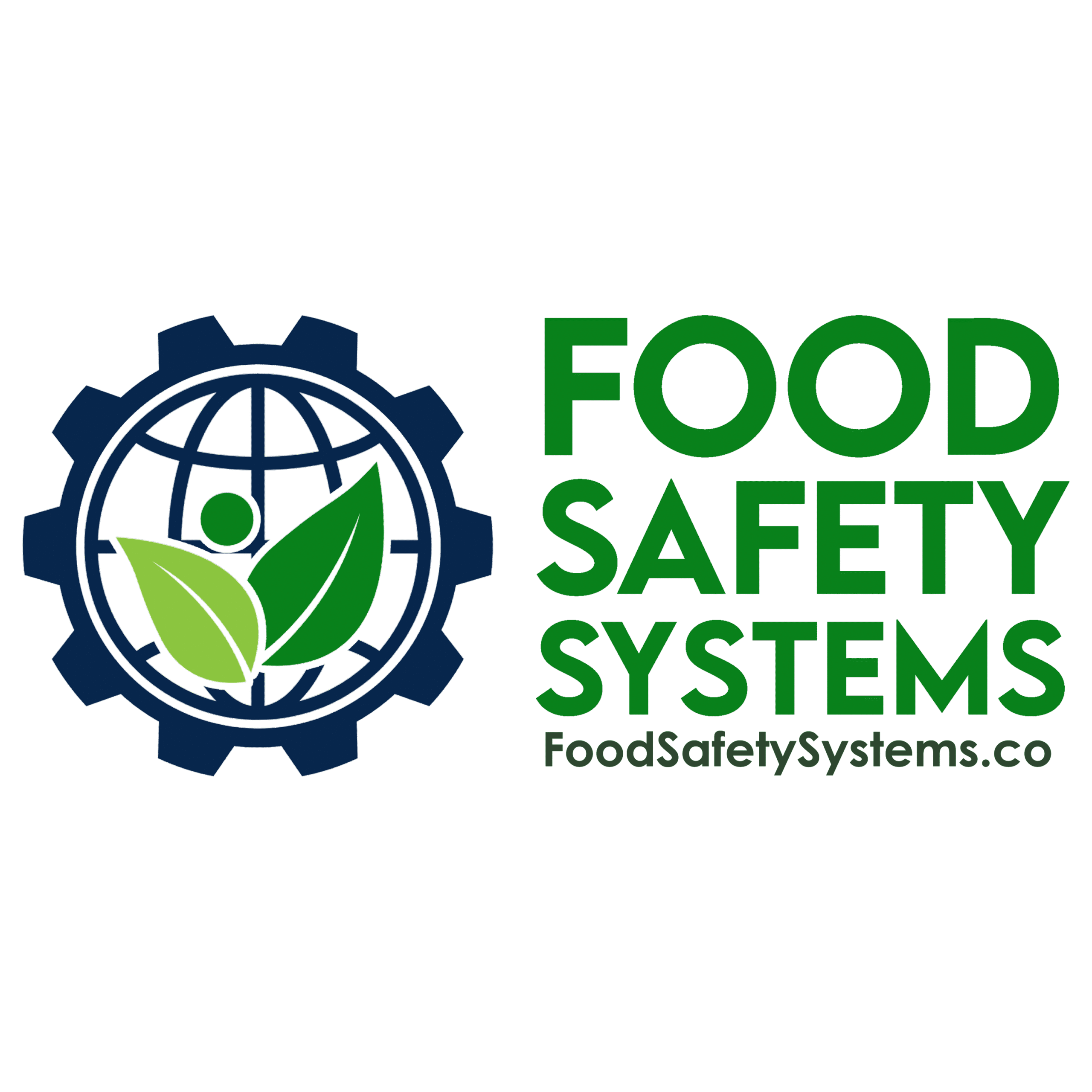Post-Market Surveillance Procedures

Aligned with FSSC 22000 – ISO-Based Food Safety Management System (FSMS)
Requirement Overview
FSSC 22000 requires organizations to establish processes for monitoring, measuring, analyzing, and evaluating their Food Safety Management System (FSMS). This includes gathering and reviewing information relevant to food safety, customer satisfaction, and system performance to ensure continuous improvement.
Post-market surveillance supports these requirements by systematically monitoring how products perform once they are in the marketplace. It helps organizations:
• Monitor product safety and quality after release
• Respond to customer complaints and feedback
• Detect and manage potential food safety issues in distribution or consumption
• Feed real-world data into continuous improvement and risk management processes
This process is particularly valuable for businesses supplying to regulated or export markets.
Key Compliance Objectives
-
✓ Monitor and analyze product performance in the marketplace
✓ Capture and respond to consumer feedback, complaints, and returns
✓ Detect emerging issues and non-conformances
✓ Feed post-market data into CAPA and management review processes
✓ Maintain traceable and reviewable records
Step-by-Step Compliance Implementation
1. Define Your Post-Market Surveillance Program
-
Include in Scope:
-
• Customer complaint handling
• Product performance tracking (e.g., quality, shelf-life)
• Safety alerts or market withdrawals
Evidence to Maintain:
-
• Documented post-market surveillance SOP
• Assigned responsibilities within FSMS
• Product categories and indicators being monitored
- • Customer complaint handling • Product performance tracking (e.g., quality, shelf-life) • Safety alerts or market withdrawals
- • Documented post-market surveillance SOP • Assigned responsibilities within FSMS • Product categories and indicators being monitored
2. Monitor and Capture Market Feedback
-
Data Sources:
-
• Customer service reports and retailer feedback
• Online reviews, warranty claims, or social media mentions
• Regulatory notifications or public recall databases
Evidence to Maintain:
-
• Complaint and return logs
• Summaries of third-party or consumer feedback
• Internal or external surveillance trend reports
- • Customer service reports and retailer feedback • Online reviews, warranty claims, or social media mentions • Regulatory notifications or public recall databases
- • Complaint and return logs • Summaries of third-party or consumer feedback • Internal or external surveillance trend reports
3. Analyze, Investigate, and Escalate
-
Analysis Process:
-
• Categorize and risk-assess complaints (e.g., quality vs. safety)
• Conduct investigations for patterns or recurring issues
• Escalate findings to appropriate FSMS and QA functions
Evidence to Maintain:
-
• Root cause analyses (RCA)
• Corrective and preventive action (CAPA) records
• Risk assessments with documented response timelines
- • Categorize and risk-assess complaints (e.g., quality vs. safety) • Conduct investigations for patterns or recurring issues • Escalate findings to appropriate FSMS and QA functions
- • Root cause analyses (RCA) • Corrective and preventive action (CAPA) records • Risk assessments with documented response timelines
4. Implement Corrective and Preventive Actions
-
Possible Actions:
-
• Product reformulation or process improvement
• Supplier performance review or corrective actions
• Communication with customers or stakeholders
Evidence to Maintain:
-
• Change logs and updated specifications
• CAPA documentation linked to surveillance findings
• Notifications to stakeholders or authorities if applicable
- • Product reformulation or process improvement • Supplier performance review or corrective actions • Communication with customers or stakeholders
- • Change logs and updated specifications • CAPA documentation linked to surveillance findings • Notifications to stakeholders or authorities if applicable
5. Review and Report Periodically
-
Review Activities:
-
• Regular evaluation of surveillance program effectiveness
• Presentation of findings in management review
• Adjustment of monitoring scope based on emerging risks
Evidence to Maintain:
-
• Review meeting minutes
• FSMS performance and surveillance reports
• Preventive action logs
- • Regular evaluation of surveillance program effectiveness • Presentation of findings in management review • Adjustment of monitoring scope based on emerging risks
- • Review meeting minutes • FSMS performance and surveillance reports • Preventive action logs
Common Audit Findings & Recommended Fixes
| Audit Finding | Recommended Action |
|---|---|
| No defined post-market surveillance process | Establish a documented SOP aligned with FSMS monitoring and evaluation requirements |
| Inadequate complaint handling | Implement structured investigation and documentation workflows |
| Missing trend analysis | Create regular reporting mechanisms (monthly or quarterly) |
| Feedback not integrated into FSMS | Ensure surveillance outcomes are reviewed in management review and linked to CAPA |
Auditor Verification Checklist (FSSC Context)
Be prepared to demonstrate:
-
• Documented complaint handling and surveillance procedures
• Categorized complaint logs and trend reports
• Investigations, RCAs, and CAPAs linked to real issues
• Integration of market data into management review and continuous improvement
• Evidence that findings influence product design, supplier control, or FSMS updates
Implementation Roadmap
Build the Program
-
✓ Define scope and responsibilities
✓ Develop surveillance SOPs integrated into FSMS
Train and Sample
-
✓ Train staff to collect and log market data
✓ Establish feedback channels and monitoring tools
Analyze and Improve
-
✓ Perform risk-based evaluations and RCAs
✓ Initiate CAPA and verify effectiveness
Review and Improve
-
✓ Review program performance regularly
✓ Feed data into management review and FSMS improvements
Why This Matters?
-
✓ Strengthens consumer protection and regulatory compliance
✓ Supports continual improvement within the FSMS
✓ Reduces risk of recalls, repeat complaints, or brand damage
✓ Demonstrates system maturity and proactive risk management during audits
Support Tools Available
Food Safety Systems provides:
-
✓ Post-market surveillance SOP templates
✓ Complaint and return logbooks
✓ CAPA and RCA forms
✓ Training materials for post-market monitoring and escalation
Privacy Policy | Terms of Service
Powered by interlinkIQ.com, Developed by ITBlaster.net, Owned and Operated by Consultare Inc. Group, A Compliance Company. All Rights Reserved.







